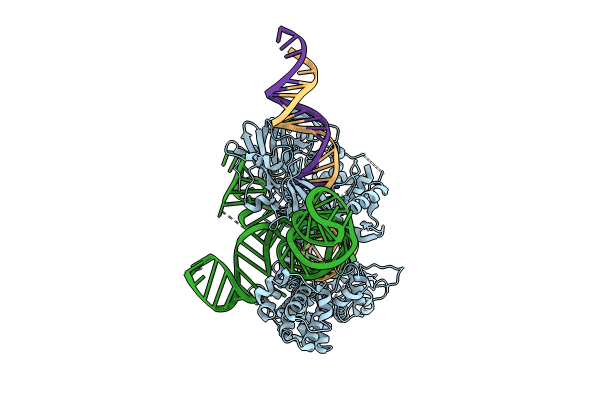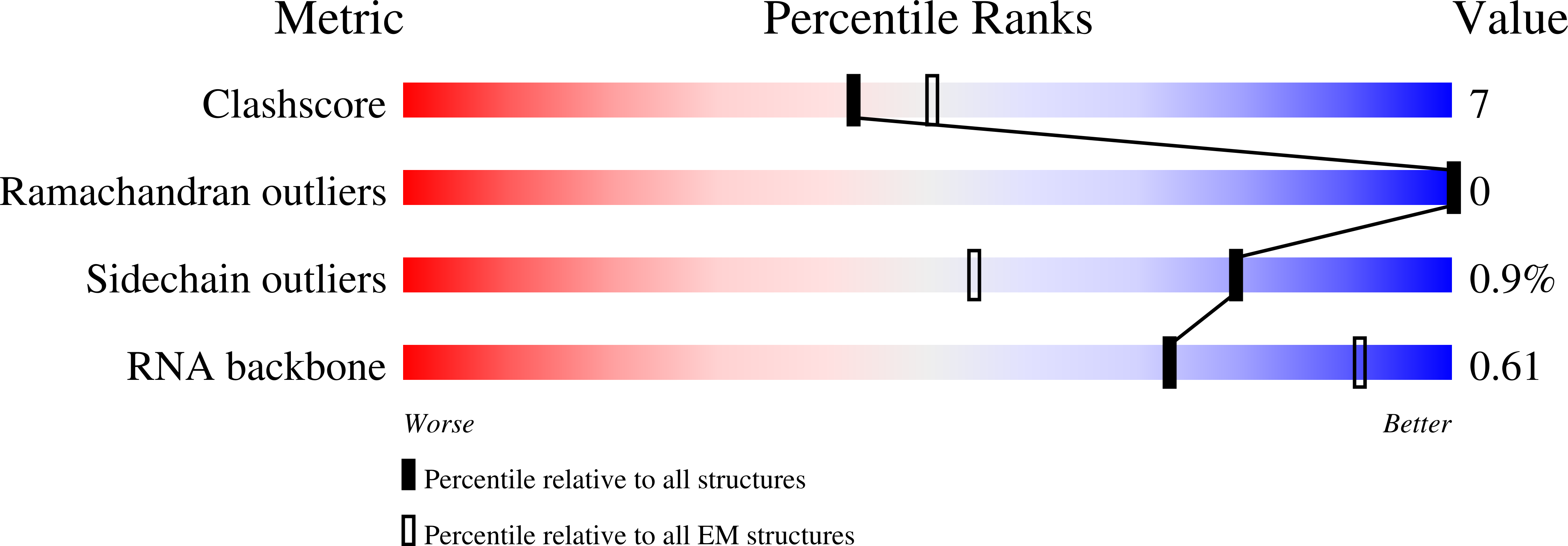
Deposition Date
2023-11-14
Release Date
2024-05-29
Last Version Date
2024-07-03
Entry Detail
PDB ID:
8UZA
Keywords:
Title:
Cryo-EM structure of GeoCas9 in complex with sgRNA and target DNA
Biological Source:
Source Organism:
Geobacillus stearothermophilus (Taxon ID: 1422)
Mus musculus (Taxon ID: 10090)
Mus musculus (Taxon ID: 10090)
Host Organism:
Method Details:
Experimental Method:
Resolution:
3.17 Å
Aggregation State:
PARTICLE
Reconstruction Method:
SINGLE PARTICLE


